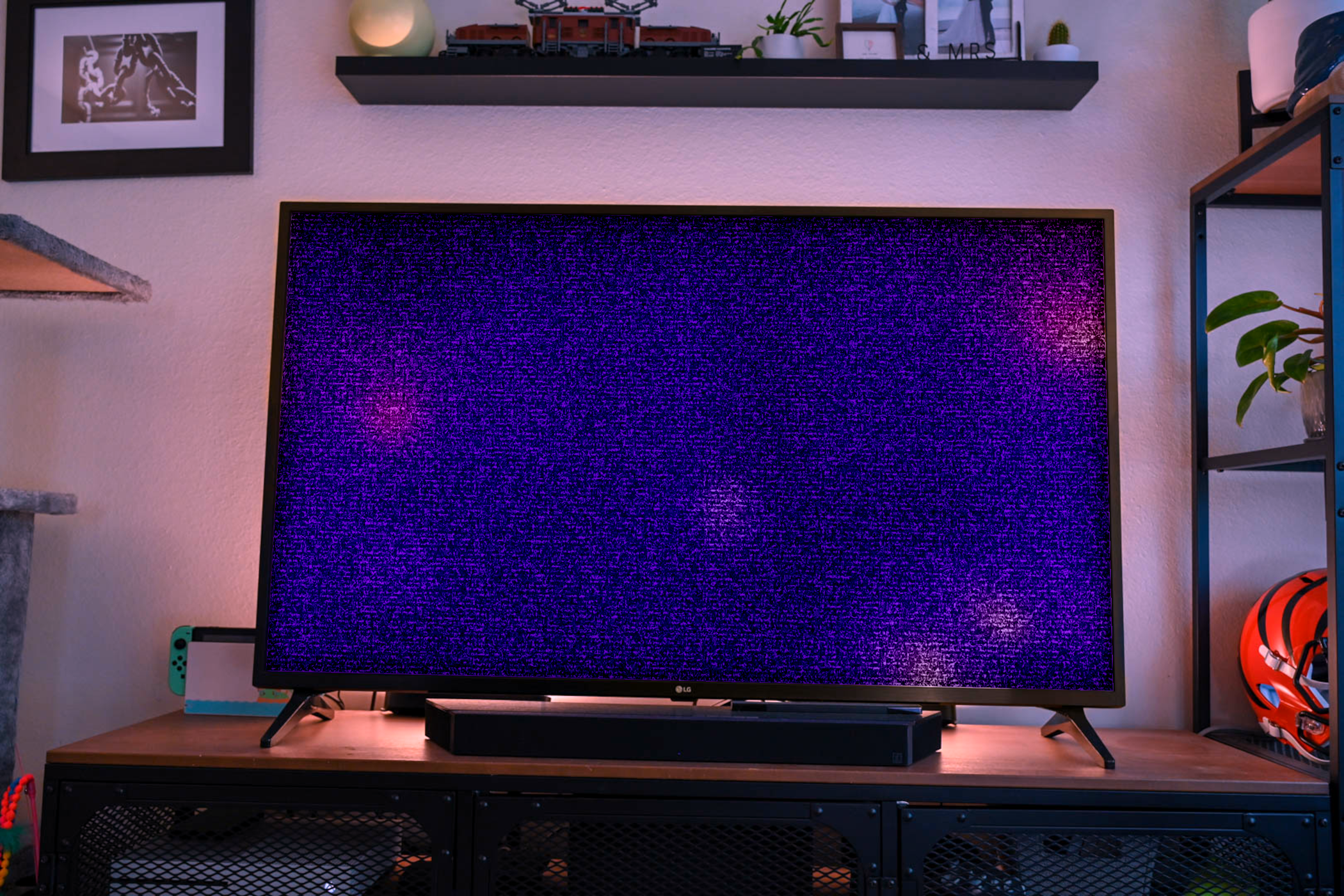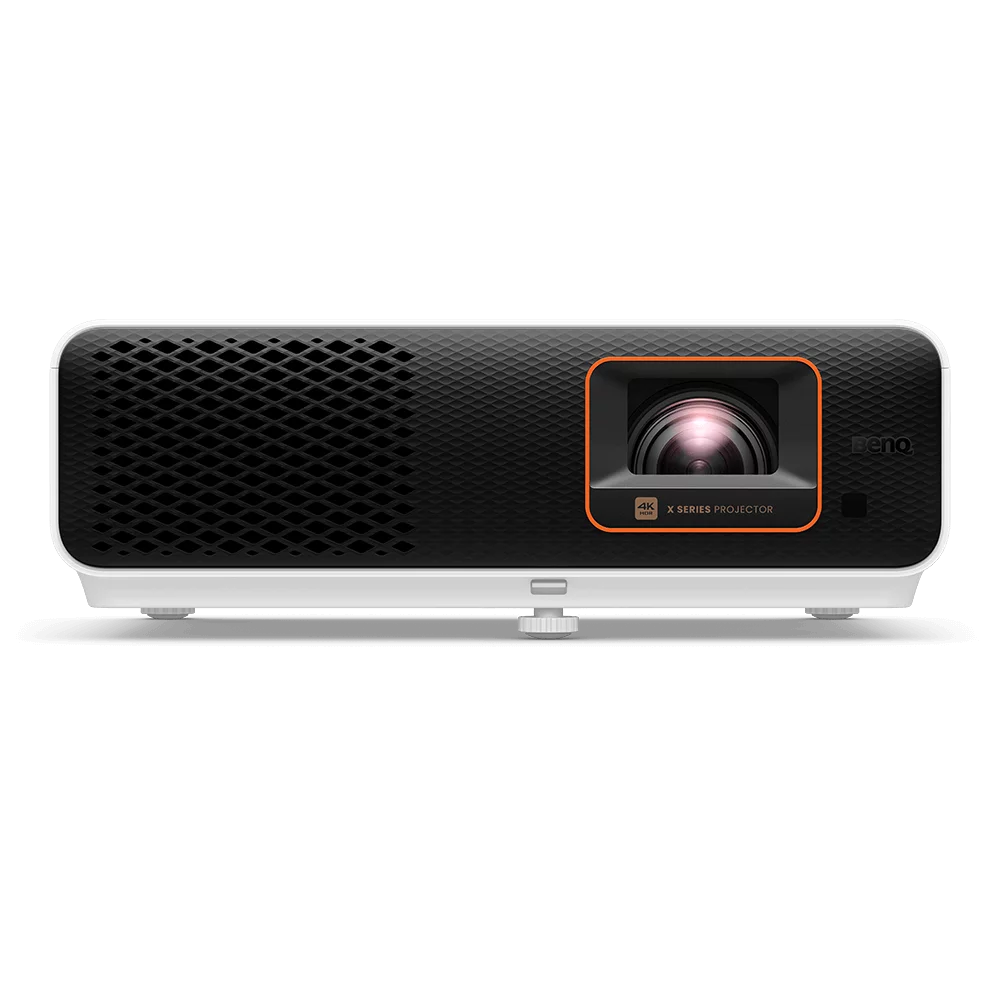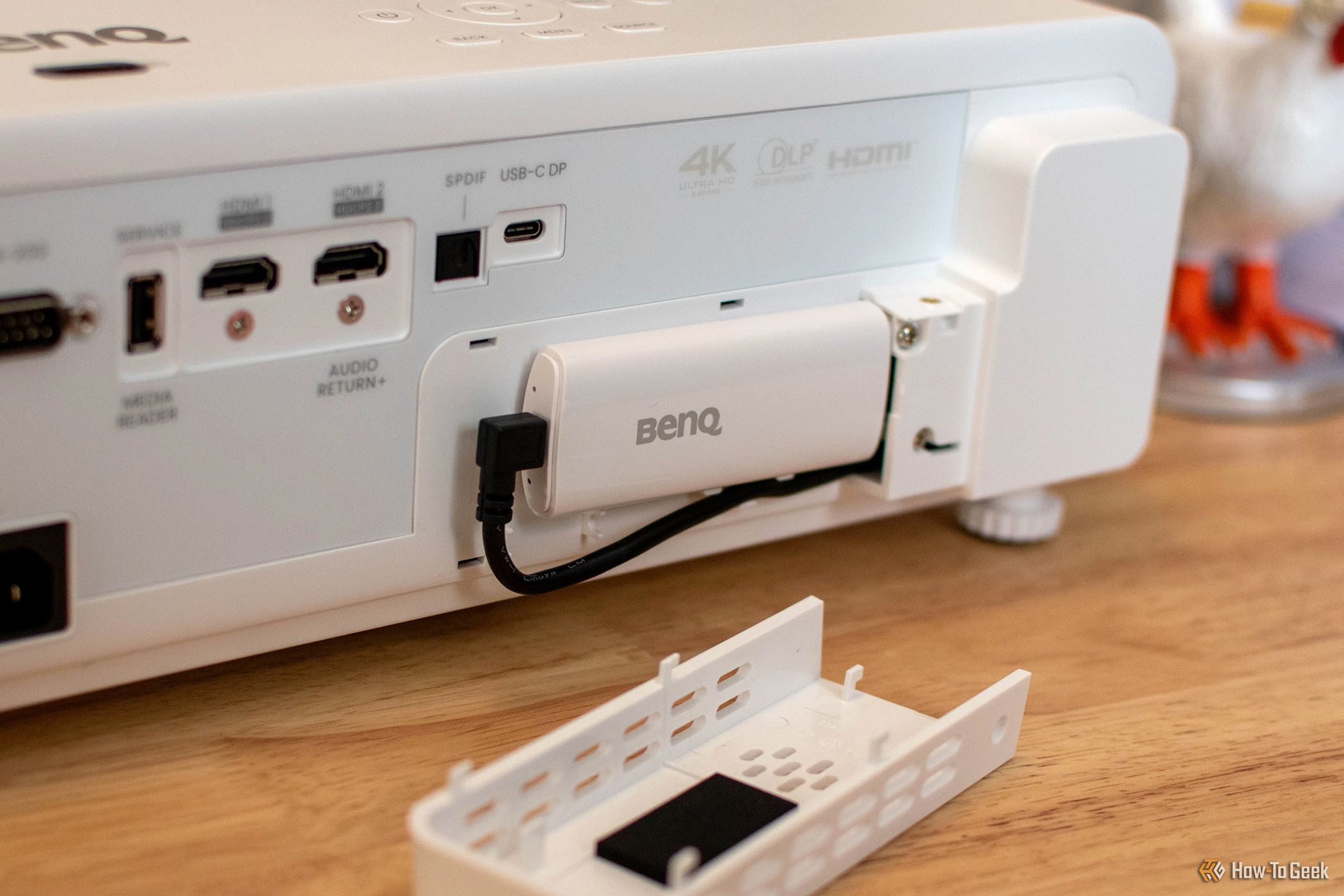As a home theater enthusiast, I’m genuinely glad that home projectors are gaining widespread popularity. But I’m endlessly frustrated by projector brands’ use of smart TV software—please, for all that is holy, stop making smart projectors.
This Projector Should Last 10 Years, but What About the OS?
When I complain about smart TVs, software longevity is usually the subject of my ire. A decent TV should last for at least a decade, but software platforms like Android TV, Fire TV, and Roku are constantly evolving and require hardware upgrades every few years.
These operating systems slowly reduce a smart TV’s usability, effectively serving as the “weakest link in the chain,” an unnecessary component that leads to early obsolescence. Smart TV operating systems force people to buy new TVs more frequently than they normally would—this problem didn’t exist when TVs ran on dumb, simple, stable operating systems.
Smart projectors run on smart TV operating systems and naturally suffer from software longevity issues. But the problem is arguably more egregious here because, as you may know, projectors are far more expensive than TVs (in terms of image quality, not image size). Someone who buys a $1,500 smart projector may end up complaining about software performance after just two or three years—a genuinely insane situation that shouldn’t exist at this or any other price bracket.

Related
7 Reasons Why I’m Sticking With a Dumb TV
In the era of smart TVs, your dusty old “dumb” TV may be more valuable than you realize.
Take, for example, the XGIMI Horizon Ultra that I reviewed in 2023. It’s a laser projector rated for 25,000 hours of use, meaning that if you leave the projector on for five hours each day, it should survive for about 13 years before burning out. Admittedly, there may have been some utility in the projector’s Android TV operating system at launch—it’s a portable projector, the built-in smart TV software is convenient. And, although it’s gotten slightly sluggish, the projector’s Android TV implementation is still usable today. But will this projector’s Android TV operating system continue working through 2030? How about 2035? I seriously doubt it.
I still use the XGIMI Horizon Ultra because it’s a damned good projector. But its Android TV operating system is unavoidable. You can’t pretend that it isn’t there; you must interact with it to adjust keystone, zoom, power saving preferences, and other settings. If the projector’s operating system becomes too sluggish due to crappy updates or cached data (I keep the projector offline and experience the latter problem), it makes the projector more frustrating to use, full stop.
The Solution: Give Me a Dumb Projector With a Dongle
Give me a projector that has a “dumb,” simple, stable operating system. They’ve existed for decades, I’ve owned them before—heck, there’s a 13-year-old Epson in my living room that still feels snappier than any smart projector I’ve ever used. I understand that smart projectors have a certain market appeal, but if you absolutely need to cater to customers who won’t buy a $20 Roku Express stick, just throw a smart TV dongle in the box with the projector. It’s really that simple.
Some projector brands, like BenQ and Optoma, actually do the “Android TV dongle in the box” thing. And I really appreciate these companies for their common-sense approach to smart projector functionality. I reviewed a BenQ X500i last year and was very satisfied with its external streaming dongle, which did not require an additional power or HDMI cable. The projector itself ran a simple, stable operating system, and it worked just fine without the Android TV dongle.
If I were to buy a projector today, I’d skip anything with a built-in smart TV operating system. I just don’t want to deal with that nonsense. And if I can convince enough people to follow my conviction, maybe it’ll knock some sense into projector brands. I just wish that this kind of choice existed in the smart TV market, but hey, at least you can still buy a dumb TV.

BenQ X500i
The BenQ X500i achieves a minimum 4ms of latency and a 240Hz refresh rate. It’s one of the few gaming projectors to match the quality of a proper gaming monitor, and it comes with an external streaming dongle in place of a fussy built-in smart TV operating system.





